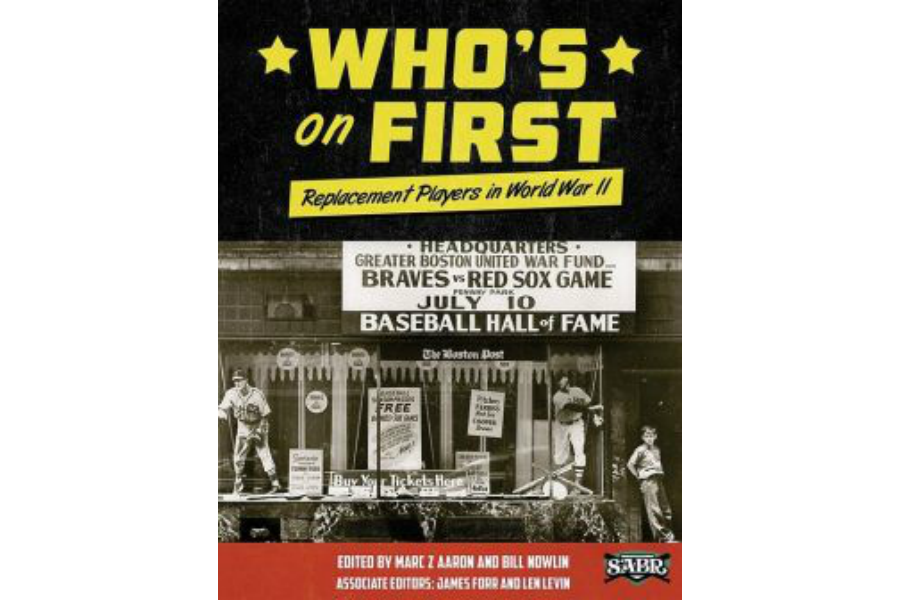Realizing that shutting down baseball’s major leagues during World War II would be a blow to American morale, President Franklin Roosevelt sent a letter to Commissioner Kenesaw Mountain Landis, giving him a green light to keep the big leagues playing. But a large exodus by regular players into military service meant many other replacement players surfaced on rosters from 1942 to 1945. The intriguing stories of some of these players from each major-league team are told by more than 50 contributors who belong to the Society of American Baseball Research.
Here’s an excerpt from Who’s on First:
“The owners understandably had concerns about the quality of players they would be able to put on the field and its effect on attendance. In 1944, the third year of the war for the US, 153 players made their major-league debuts. This was the highest since 1915, when many established players jumped to the Federal League. It was not until the 1969 expansion that more players (183) began their big-league careers. During the four seasons the US was at war in World War II (1942-1945), 533 players made their major-league debuts. They were all different ages. There were 67 first-time major leaguers (Joe Nuxhall the youngest at 15 in 1944) under the age of 21; 462 were 21 to 36, and four (Chuck Hostetler, Bill McGhee, Lee Riley, and Joe Berry) were over 36. According to The Sporting News, more than 60 percent of the players in the 1941 Opening Day lineups departed for the service.”







